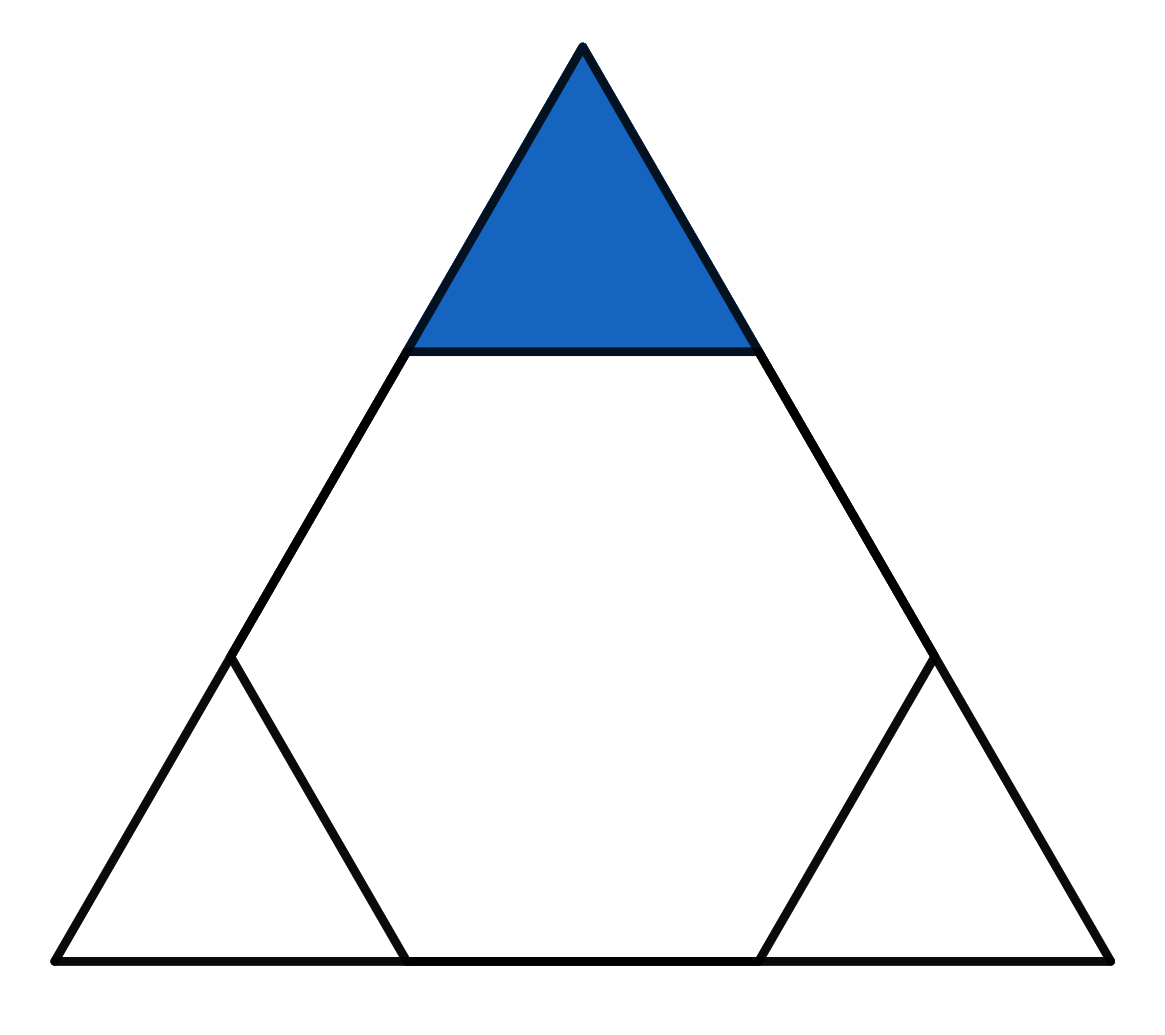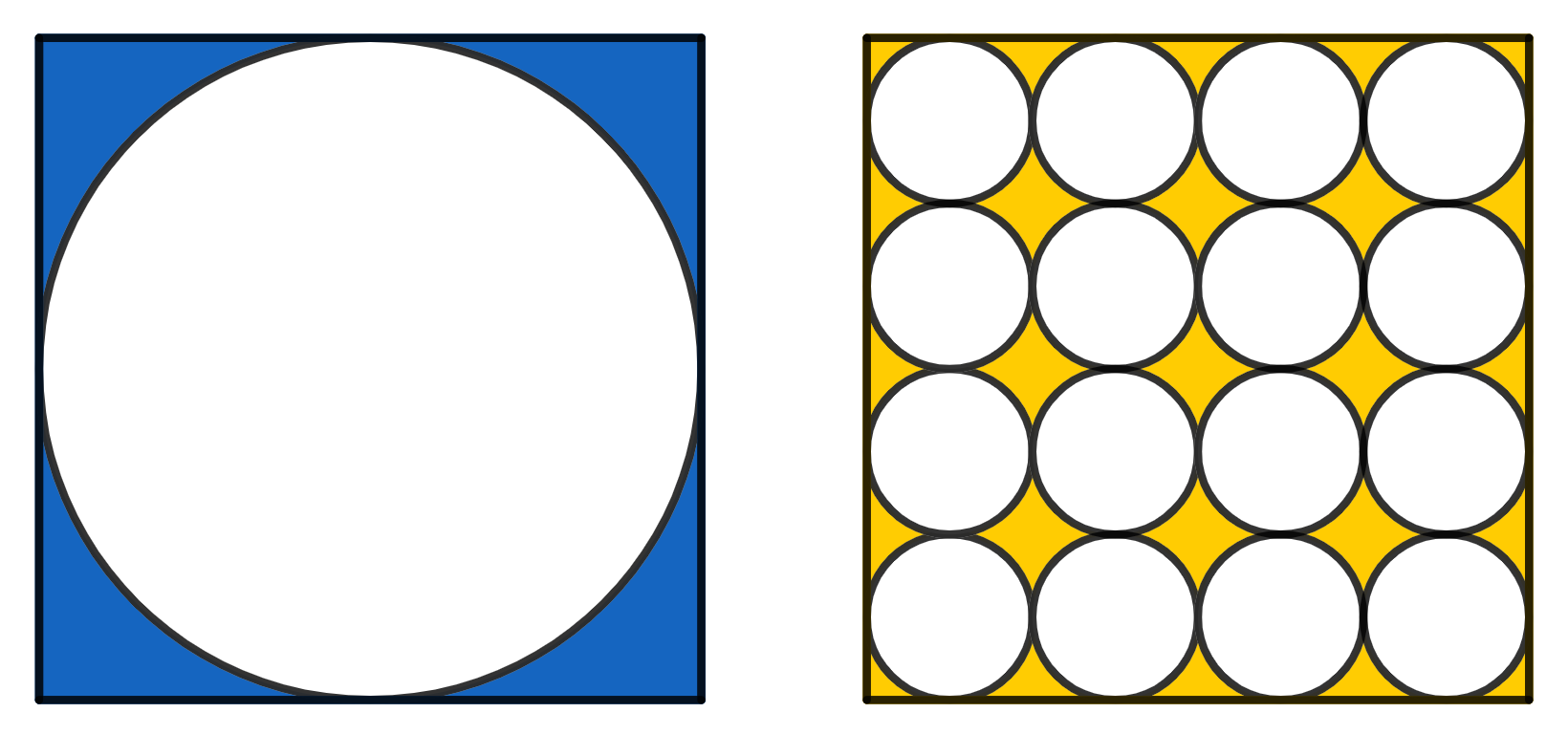Problems
For the anniversary of the London Mathematical Olympiad, the mint coined three commemorative coins. One coin turned out correctly, the second coin on both sides had two heads, and the third had tails on both sides. The director of the mint, without looking, chose one of these three coins and tossed it at random. She got heads. What is the probability that the second side of this coin also has heads?
In one box, there are two pies with mushrooms, in another box there are two with cherries and in the third one, there is one with mushrooms and one with cherries. The pies look and weigh the same, so it’s not known what is in each one. The grandson needs to take one pie to school. The grandmother wants to give him a pie with cherries, but she is confused herself and can only determine the filling by breaking the pie, but the grandson does not want a broken pie, he wants a whole one.
a) Show that the grandmother can act so that the probability of giving the grandson a whole pie with cherries will be equal to \(2/3\).
b) Is there a strategy in which the probability of giving the grandson a whole pie with cherries is higher than \(2/3\)?
In each cell of a board of size \(5\times5\) a cross or a nought is placed, and no three crosses are positioned in a row, either horizontally, vertically or diagonally. What is the largest number of crosses on the board?
An after school club is attended by 4 boys from class 7A, and four from class 7B. Of those who attended three were named Ben, three were named Will, and two were named Tom.
Is it possible for it to be the case that each boy had at least one namesake classmate who attended the club?
Authors: B. Vysokanov, N. Medved, V. Bragin
The teacher grades tests on a scale from 0 to 100. The school can change the upper bound of the scale to any other natural number, recalculating the estimates proportionally and rounding up to integers. A non-integer number, when rounded, changes to the nearest integer; if the fractional part is equal to 0.5, the direction of rounding can be either up or down and it can be different for each question. (For example, an estimate of 37 on a scale of 100 after recalculation in the scale of 40 will go to \(37 \cdot 40/100 = 14.8\) and will be rounded to 15).
The students of Peter and Valerie got marks, which are not 0 and 100. Prove that the school can do several conversions so that Peter’s mark becomes b and Valerie’s mark becomes a (both marks are recalculated simultaneously).
Author: A.A. Egorov
Calculate the square root of the number \(0.111 \dots 111\) (100 ones) to within a) 100; b) 101; c)* 200 decimal places.
The triangle visible in the picture is equilateral. The hexagon inside is a regular hexagon. If the area of the whole big triangle is \(18\), find the area of the small blue triangle.

On the left there is a circle inscribed in a square of side 1. On the right there are 16 smaller, identical circles, which all together fit inside a square of side 1. Which area is greater, the yellow or the blue one?

Two people play a game with the following rules: one of them guesses a set of integers \((x_1, x_2, \dots , x_n)\) which are single-valued digits and can be either positive or negative. The second person is allowed to ask what is the sum \(a_1x_1 + \dots + a_nx_n\), where \((a_1, \dots ,a_n)\) is any set. What is the smallest number of questions for which the guesser recognizes the intended set?
Airlines connect pairs of cities. How can you connect 50 cities with the fewest number of airlines so that from every city you can get to any other city by taking at most two flights?